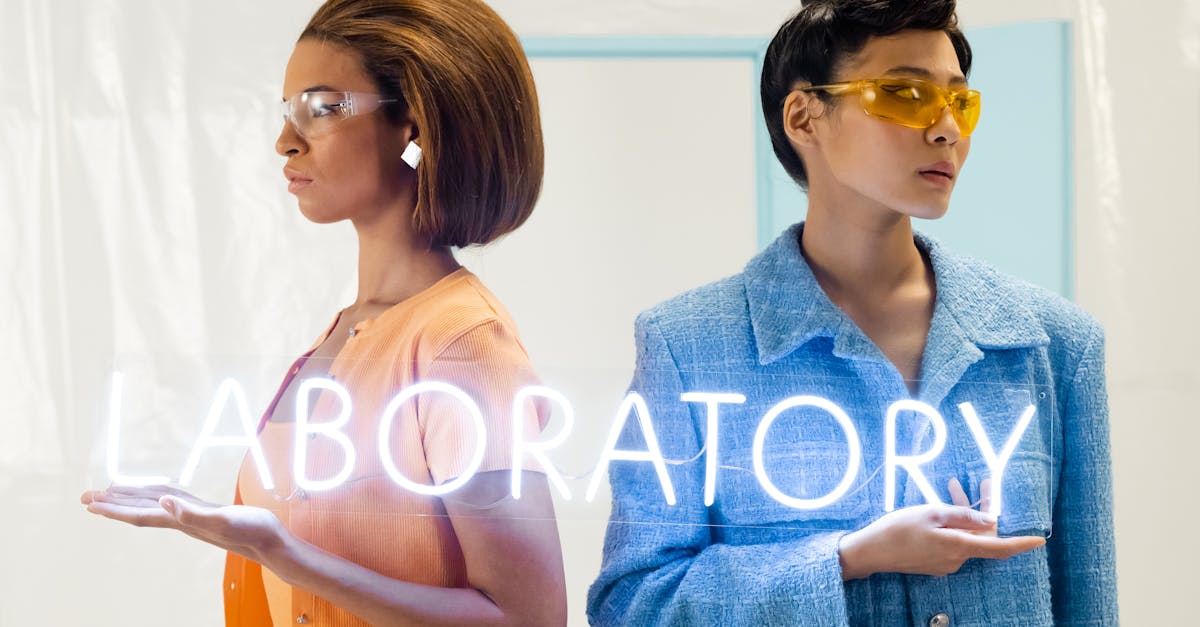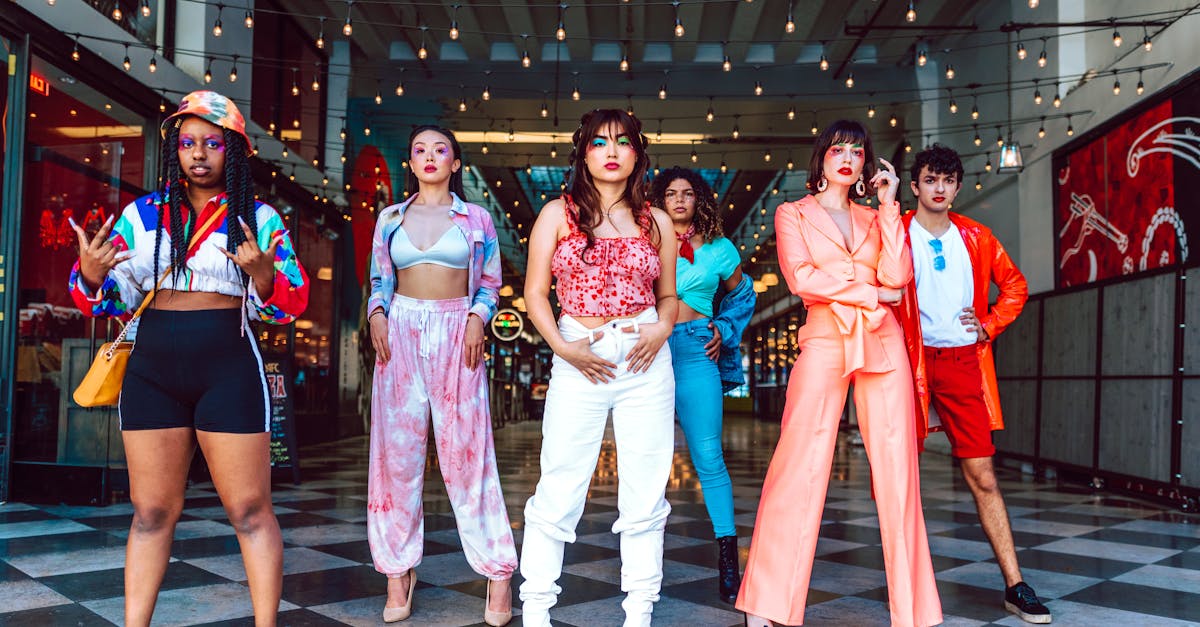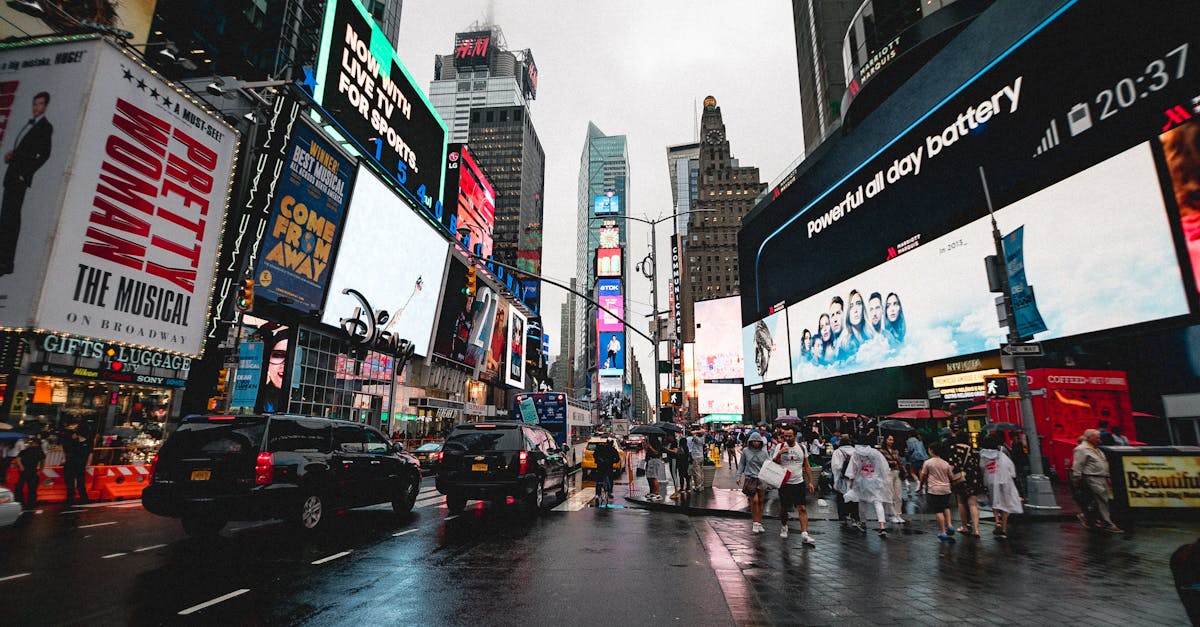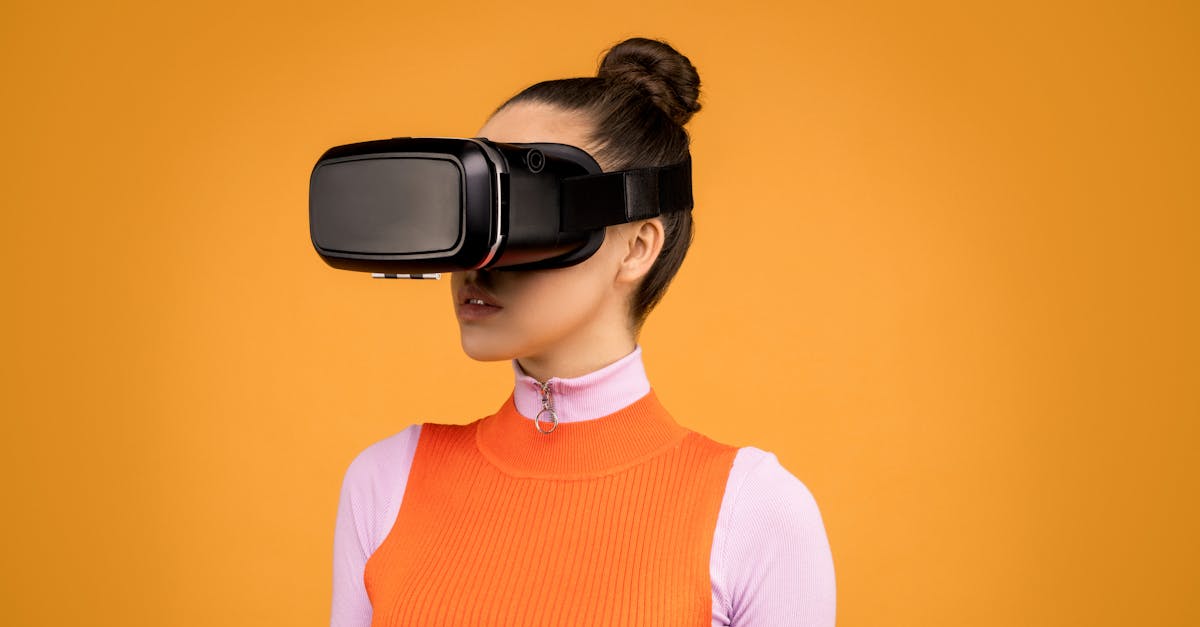Embracing Future Fashion Trends
Introduction to Future Fashion Trends
The future of fashion is on the cusp of a revolutionary transformation, driven by technology, sustainability, and cultural shifts. This paradigm shift is poised to influence how clothes are designed, produced, and consumed across the globe. At the core are innovative materials, digital advancements, and a growing awareness of ethical practices. But what does this evolution mean for the industry and its consumers? How will these forthcoming trends engage and inspire fashion enthusiasts? As we delve into these pressing topics, it becomes clear that fashion's future is not only a reflection of change but a catalyst for it.
Advertisement
The Rise of Sustainable Fashion
Sustainability is no longer just a buzzword in the fashion industry; it has become a foundational pillar for future trends. Designers and brands are exploring ways to minimize environmental impact by utilizing eco-friendly materials and processes. This includes the use of recycled fabrics, biodegradable fibers, and water-efficient production techniques. Additionally, the focus on circular fashion, where garments are designed for reuse and recycling, is gaining traction. The challenge lies in balancing consumer demand with sustainability goals, pushing the industry to innovate further. The result is a greener, more responsible fashion landscape that prioritizes longevity over fleeting trends.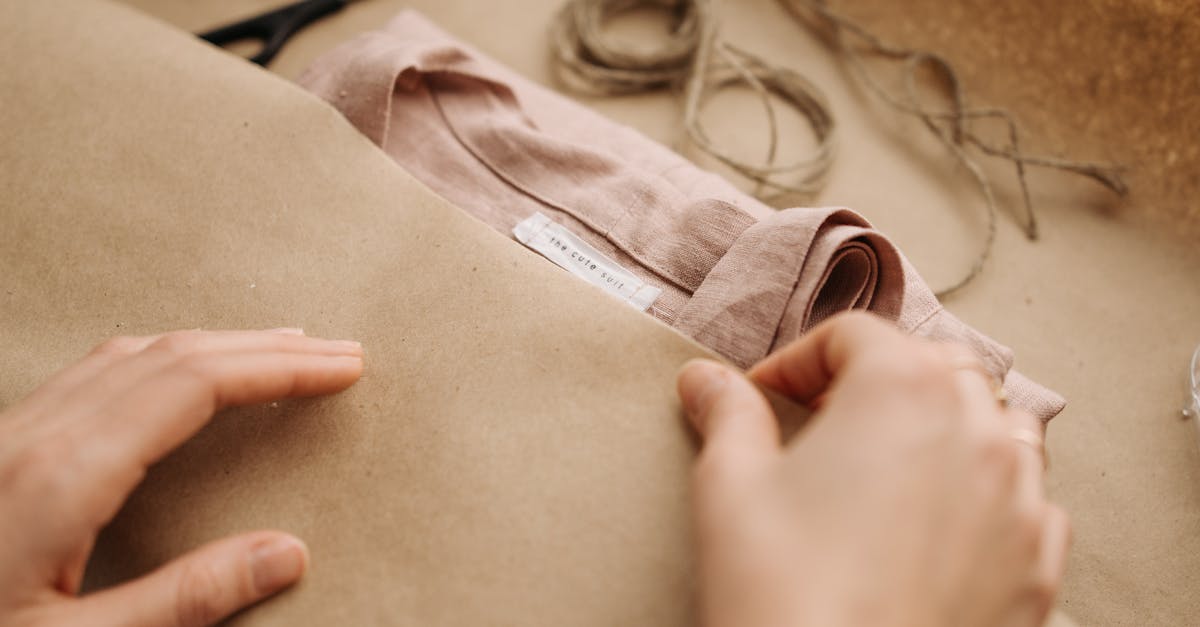
Advertisement
Smart Textiles and Wearable Tech
As technology permeates every aspect of our lives, it's only natural for it to integrate seamlessly into our wardrobes. Smart textiles, equipped with digital capabilities like monitoring health metrics or adjusting to temperature changes, are redefining functionality in fashion. Meanwhile, wearable technology extends beyond fitness and health gadgets, entering the realm of fashion-forward accessories. Think smart jackets that charge devices or dresses that change color with a smartphone app. These innovations promise to deliver both aesthetics and utility, enhancing how we interact with our clothing day-to-day.
Advertisement
Digital Transformation of Fashion
The digital revolution is dramatically reshaping the fashion landscape, influencing everything from design to marketing. Virtual reality (VR) and augmented reality (AR) technologies offer immersive ways to shop, allowing consumers to "try on" clothes virtually. Moreover, fashion designers are using digital tools to create 3D models, reducing the need for physical samples and expediting the design process. The rise of digital fashion weeks, held entirely online, highlights how technology-driven presentations can reach global audiences effortlessly. It is clear that the fusion of digital technology with fashion is only just beginning.
Advertisement
Customization and Personalization in Fashion
The demand for personalization in fashion is a testament to consumers' desire for uniqueness. Emerging technologies enable brands to offer bespoke services, from tailored fits to personalized prints and patterns. Artificial intelligence (AI) is playing a pivotal role in this shift, analyzing consumer data to suggest styles that resonate personally with individuals. Customization is not only about personal style but also sustainability, as it leads to less wastage and more satisfaction. This trend empowers customers, giving them a hand in the creative process, and democratizing fashion like never before.
Advertisement
Inclusivity and Diversity in Fashion
Fashion's future is also about acknowledging and celebrating diversity. Designers are increasingly championing inclusivity, challenging the status quo of traditional beauty standards. This push for diversity manifests in broader size ranges, diverse models representing different ethnicities, and gender-fluid collections. By embracing all body types and backgrounds, the fashion industry is becoming a more welcoming space. This shift towards inclusivity not only resonates with consumers but also drives positive social change, reflecting a global audience's tastes and values.
Advertisement
The Influence of New Consumers and Culture
As the fashion consumer profile evolves, so do their expectations and preferences. The younger generation places immense value on ethical practices, cultural sensitivity, and authenticity. As fashion becomes a reflection of diverse cultures and traditions, brands aim to weave storytelling into their designs, celebrating global heritage. This cultural exchange fosters creativity and innovation, bringing fresh perspectives to the industry. The focus on cultural inclusivity and authenticity is rapidly reshaping brand identities and their connections with consumers.
Advertisement
Future Materials in Fashion Design
The materials used in fashion production are seeing significant innovation, paving the way for futuristic designs. Bio-fabrication, which involves creating materials grown in labs, presents an exciting frontier. These novel materials, derived from microbes or fungi, are both sustainable and versatile. Additionally, tech-infused fabrics that adapt to environmental changes provide new design opportunities. Such advancements could lead to climate-adaptive clothing or self-healing textiles. The exploration of these futuristic materials offers designers an expanded canvas to create visionary designs that are both functional and stylish.
Advertisement
Navigating Ethical Challenges in Fashion
While fashion trends present exciting possibilities, they also reinforce existing ethical challenges. The desire for rapid production can conflict with sustainable practices, creating new dilemmas for brands. The rise of digital fashion poses questions about intellectual property and content ownership. The potential for wearable technology to capture personal data introduces privacy considerations. Balancing innovative advancements with ethical integrity remains a critical task for the future of fashion. Ethical stewardship will be central to sustaining consumer trust and fostering industry-wide collaboration.
Advertisement
Summary and Conclusion
Fashion's future is an intricate tapestry woven with technology, culture, and sustainability. Emerging trends will enable stylish innovations that put consumer needs and the planet first. As fashion becomes more personalized, inclusive, and ethical, it transforms into a universal language reflecting global diversity. Future fashion requires a strategic and conscientious approach, encouraging collaboration between brands, designers, and consumers. As we navigate these pending changes, the ultimate goal remains: to fashion a future that harmonizes creativity with responsibility.
Advertisement
